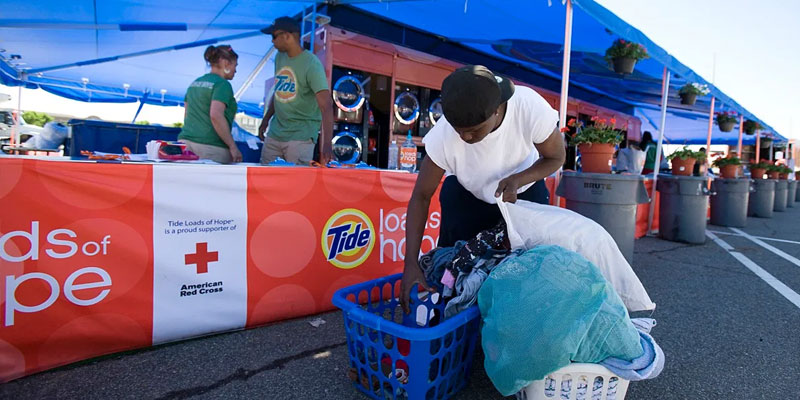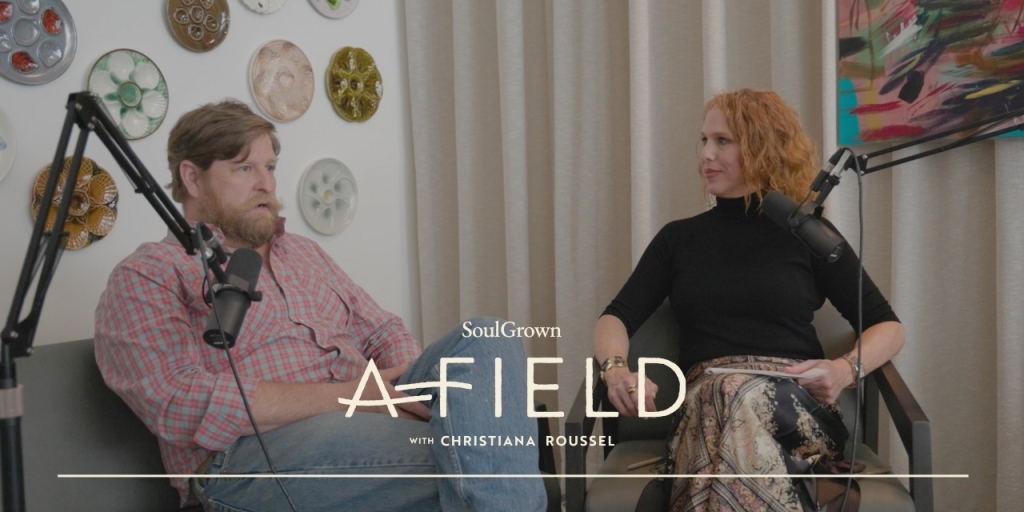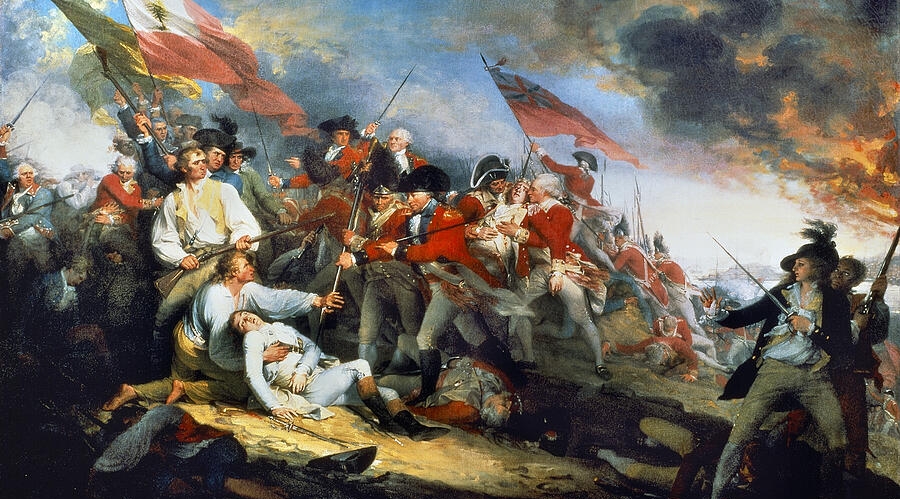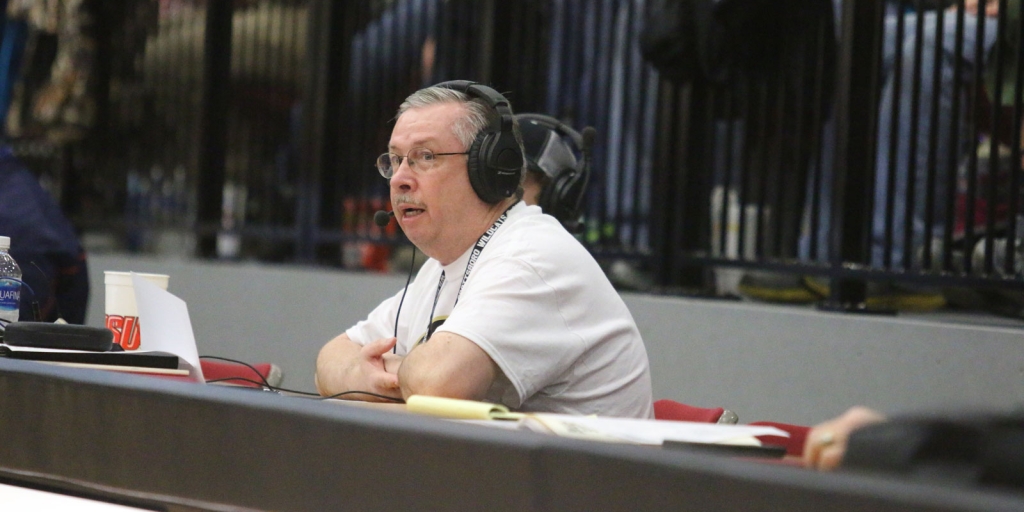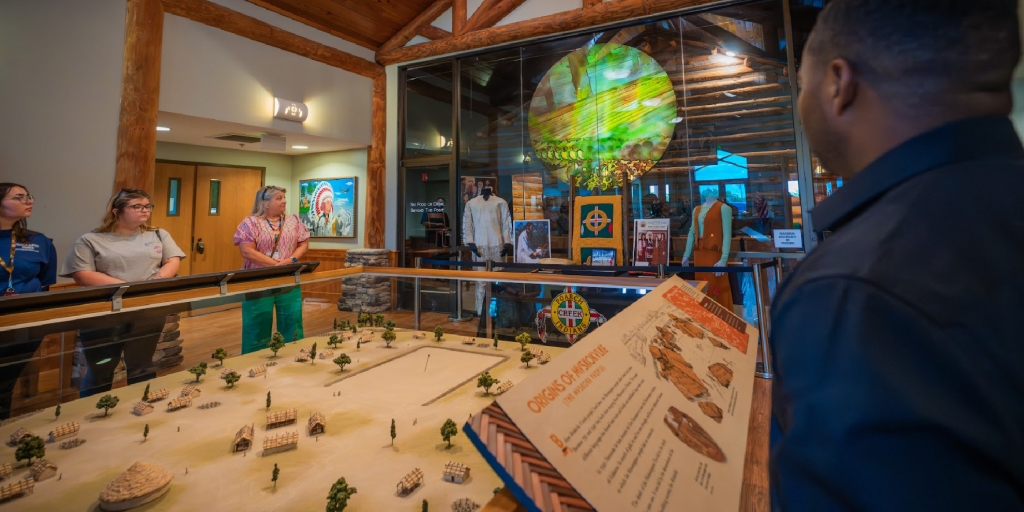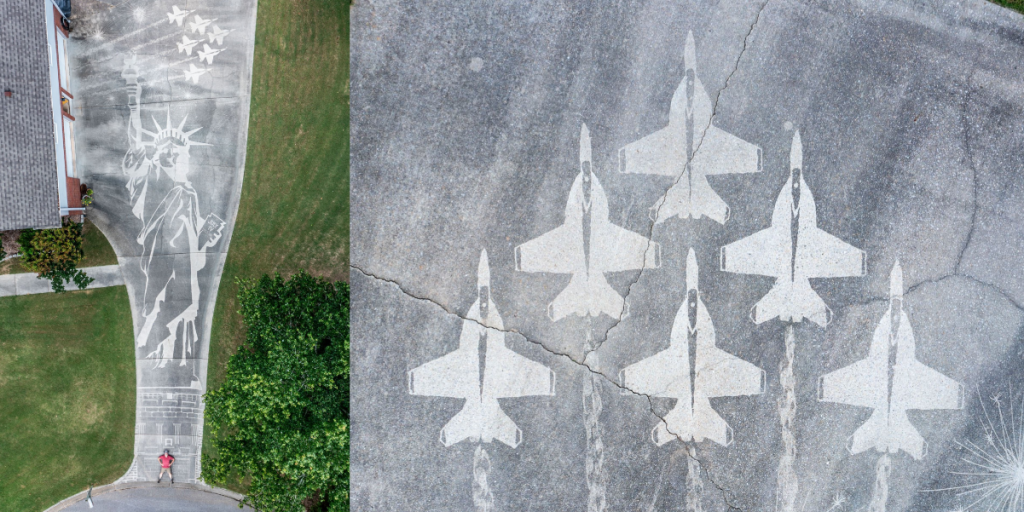Thinking back on the tremendous devastation and death toll caused by the 62 tornadoes that swept Alabama on April 27, 2011, Robin Skagen said there’s only one word to describe that dark day: “surreal.”
Skagen, an American Red Cross disaster action team responder at the time, was one of the first on the ground after a tornado swept through the Tuscaloosa area early that morning. It was her job to help assess the damage so the Red Cross could determine ways it could assist the victims.
Skagen encountered everything from homes that were torn apart to live power lines blocking the road to a man who answered the door with a bandage around his head because a beam had fallen on him. Later that night, a pregnant woman would walk 6 miles to a Red Cross shelter because her home and car were destroyed.
“That morning, I saw things I had never seen before, and I had no idea that we had a super-cell tornado still to come,” said Skagen, vice chair of the board of the Red Cross Central-West Alabama chapter.
Skagen said because more than 5,000 homes in the Tuscaloosa area were damaged or destroyed, one of the Red Cross’s biggest jobs in the following weeks was providing temporary lodging for displaced storm victims.
Despite the horror of those twisters, Skagen said they brought out the best in the community, with hundreds of volunteers from across the state offering to help. One man, she said, flew in from Israel to lend a hand in Tuscaloosa.
“I saw so many people coming together and meeting a need,” said Skagen, who worked at the Red Cross shelter at the Belk Center in Tuscaloosa for weeks after the storms. “Where there was a hole, somebody would fill it. People donated everything you can think of. The spirit of helpfulness in this community was remarkable. It was so inspiring to me to see everyone coming together with a common goal.”
Annette Rowland said after disasters like April 27, 2011, the Red Cross provides temporary shelter, as well as first aid and financial assistance that can be used to buy food, clothing or medicine. Red Cross volunteers also help re-connect families who are separated during storms.
“Our first priority is making sure that people feel loved and know that we care,” said Rowland, communications director for the American Red Cross of Alabama and Mississippi. “People really do count on the Red Cross to be there after a disaster, and it’s important that we live up to that reputation.”
Down the road in Birmingham
Meanwhile, John Stamps and his Salvation Army team of volunteers were in Birmingham, another hard-hit area, handing out water and snacks to first responders on the day of the storms. Later, they set up mobile feeding canteens in damaged Birmingham neighborhoods. The Salvation Army command posts in Mobile, Pensacola, Florida and Lake Charles, Louisiana, brought their own mobile canteens to help provide food for the victims.
After a few days, a distribution center opened in Homewood where storm victims could pick up everything from canned goods and nonperishable items, toiletries and clothing to baby diapers, formula and dog food. The Salvation Army provided gift cards, furniture, appliances and financial aid, Stamps said.
“Whatever the family needed, we would go ahead and do it if we had the time,” said Stamps, director of operations for the Salvation Army of Greater Birmingham. “It was our goal to make sure families had the items they needed to stabilize them at the time.”
Alabama Power employees reach out
Alabama Power employees turned out in droves to help storm victims. Alabama Power Service Organization (APSO) chapters across the state launched giving programs and collected pallets of bottled water, nonperishable food items and supplies. APSO volunteers donated their time to relief efforts, such as picking up debris, grilling hot dogs, staffing relief centers and cleaning up affected areas, from Tuscaloosa to Birmingham to Hackleburg to the Lake Martin area. APSO members include Alabama Power and Southern Company employees in the state and their family members.
“All the employees stepped up,” said Paige Lake, who was APSO state president in 2011. “After they worked 10 and 12 hours a day, employees would volunteer to sort and deliver supplies to agencies and churches that were distributing them. Employees outside affected communities also reached out to help.” The APSO chapter in the southeast section of the state, which includes employees from Farley Nuclear Plant, filled a truck trailer with supplies they collected, said Lake, an Alabama Power market specialist based in Tuscaloosa.
Lake said the gratitude of the storm victims who lived in Rosedale Court, a public housing complex in Tuscaloosa that suffered devastating damage, was especially touching. One evening after work, APSO members took a load of toys, cleaning supplies, snacks and food items to Rosedale Court. The families needed supplies to clean the apartments that could still be occupied, and toys and food for the children who were being cared for while their parents looked for housing or helped with the cleanup.
“The Rosedale families were so touched by our actions that many started crying and hugs were given to all involved,” Lake said. “I believe that it brought tears to all of our eyes.”
The help goes on
Ten years later, the devastating tornadoes of April 27, 2011, continue to have an impact, with communities working hard to ensure they are prepared for future disasters. It was out of those storms that 71 community safe rooms were constructed statewide, which have saved hundreds of lives, said Becky Booker, executive director of United Ways of Alabama, based in Montgomery.
“When there are storms, these community safe rooms give folks a safe and secure place to go. That’s huge, in my eyes,” Booker said. “Every safe room holds an average of 150 people. Multiply that by 70, and that’s a lot of people who may not have been safe had they not gone there.”
Since 2011, the Alabama Governor’s Emergency Relief Fund (GERF) has helped pay for the construction of community safe rooms, the repair of more than 600 homes and the installation of many storm warning sirens. Additionally, more than $4 million was provided to storm victims following the 2011 tornado outbreak that destroyed thousands of homes and businesses and took the lives of as many as 252 Alabamians.
GERF was created by Gov. Bob Riley after Hurricanes Ivan and Katrina, and it continues to support the unmet needs of families and individuals recovering from severe disasters in Alabama. The Governor’s Office of Volunteer Services and the Alabama Emergency Management Agency co-chair the GERF, and it is administered by United Ways of Alabama.
Alabama Power is a strong supporter of the GERF and its storm recovery efforts. In 2011, the company was a lead sponsor of a charity flag football game in Hoover between former University of Alabama and Auburn University players. The game, along with a silent auction and golf tournament, raised $150,000 for the GERF.
From the start, Alabama Power and the Alabama Power Foundation have sponsored the annual “Bo Bikes Bama” bicycle ride, led by Bo Jackson, former star of Auburn University football, the NFL and Major League Baseball.
Though he lived hundreds of miles from his home state in 2011, Jackson was shocked by the devastation and wanted to help storm victims. On the first anniversary of the tornadoes, he brought together many of his celebrity friends, leading them on a five-day bicycle ride to visit storm-ravaged towns statewide. Bo Bikes Bama became an annual event in 2013 when Jackson returned for a one-day ride in the hard-hit community of Cordova. Since then, the event has raised more than $2.1 million for the governor’s relief fund and now attracts about 1,000 bike riders from across the nation each year.
Stamps said the response effort in the days and weeks following the April 27, 2011, storms was tremendous.
“It was an amazing effort to see so many people responding to their neighbors in need,” he said. “There was so much damage, but there were so many people going out to help and an incredible outpouring of love and caring.”
(Courtesy of Alabama NewsCenter)




